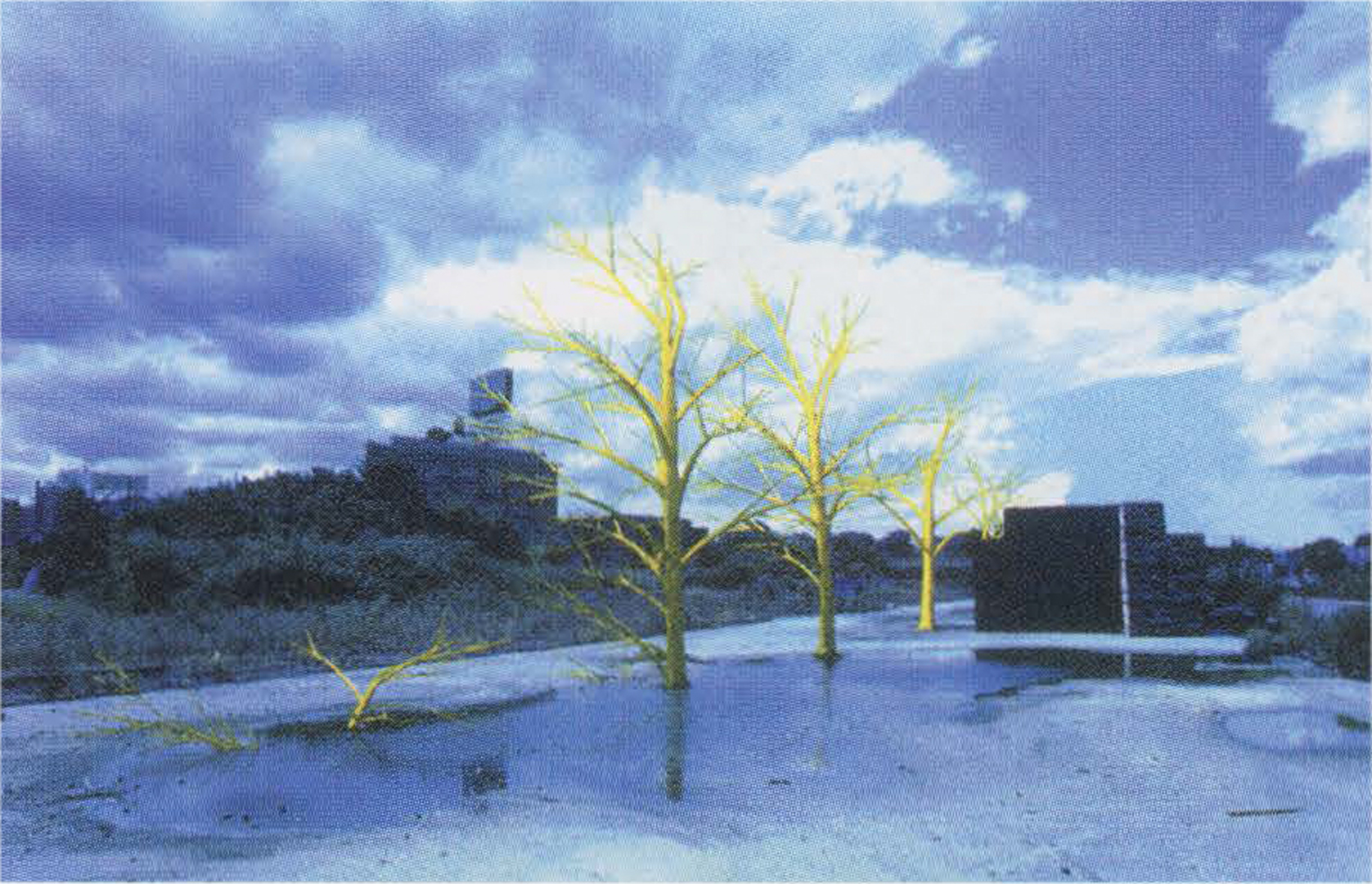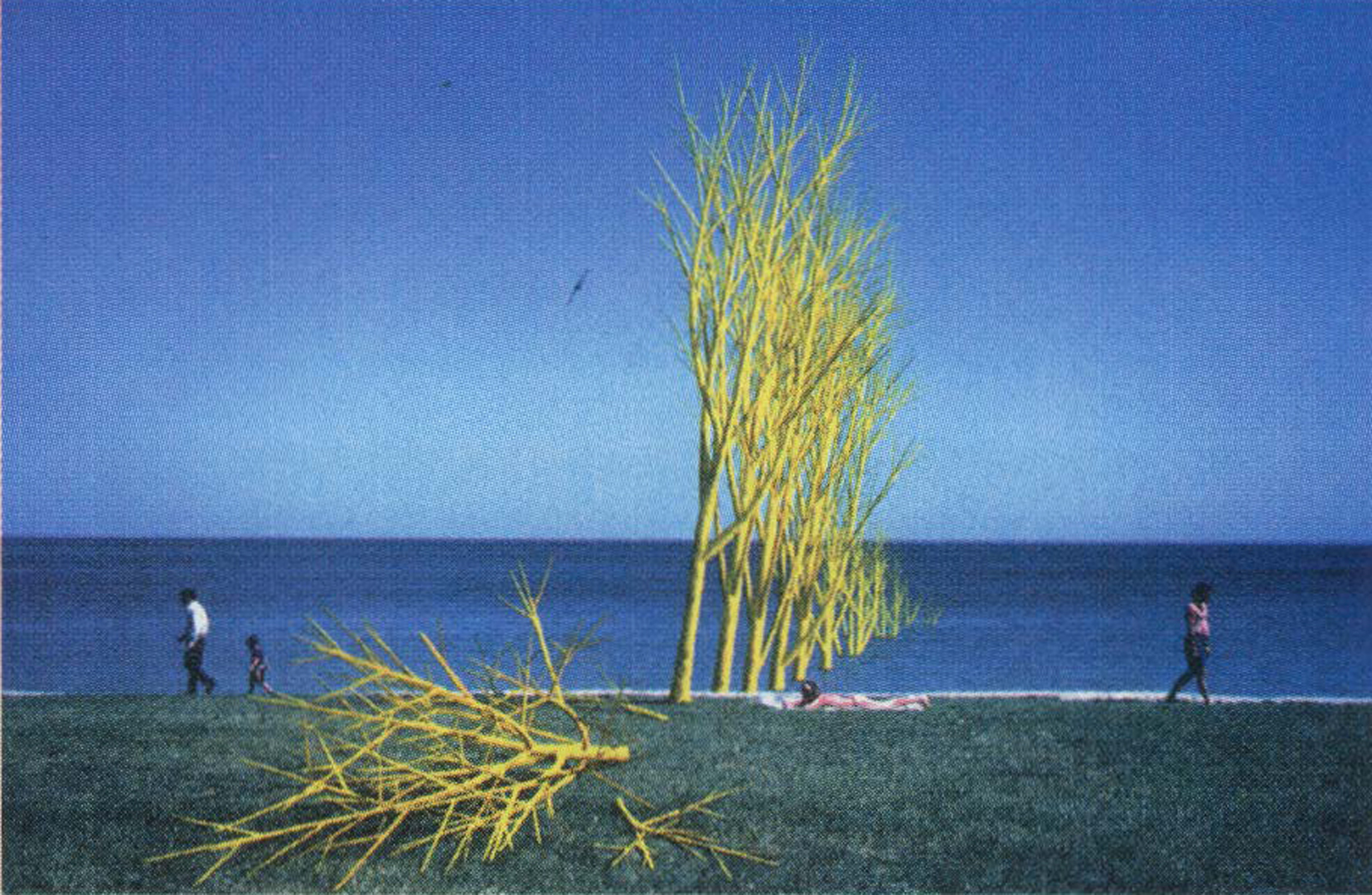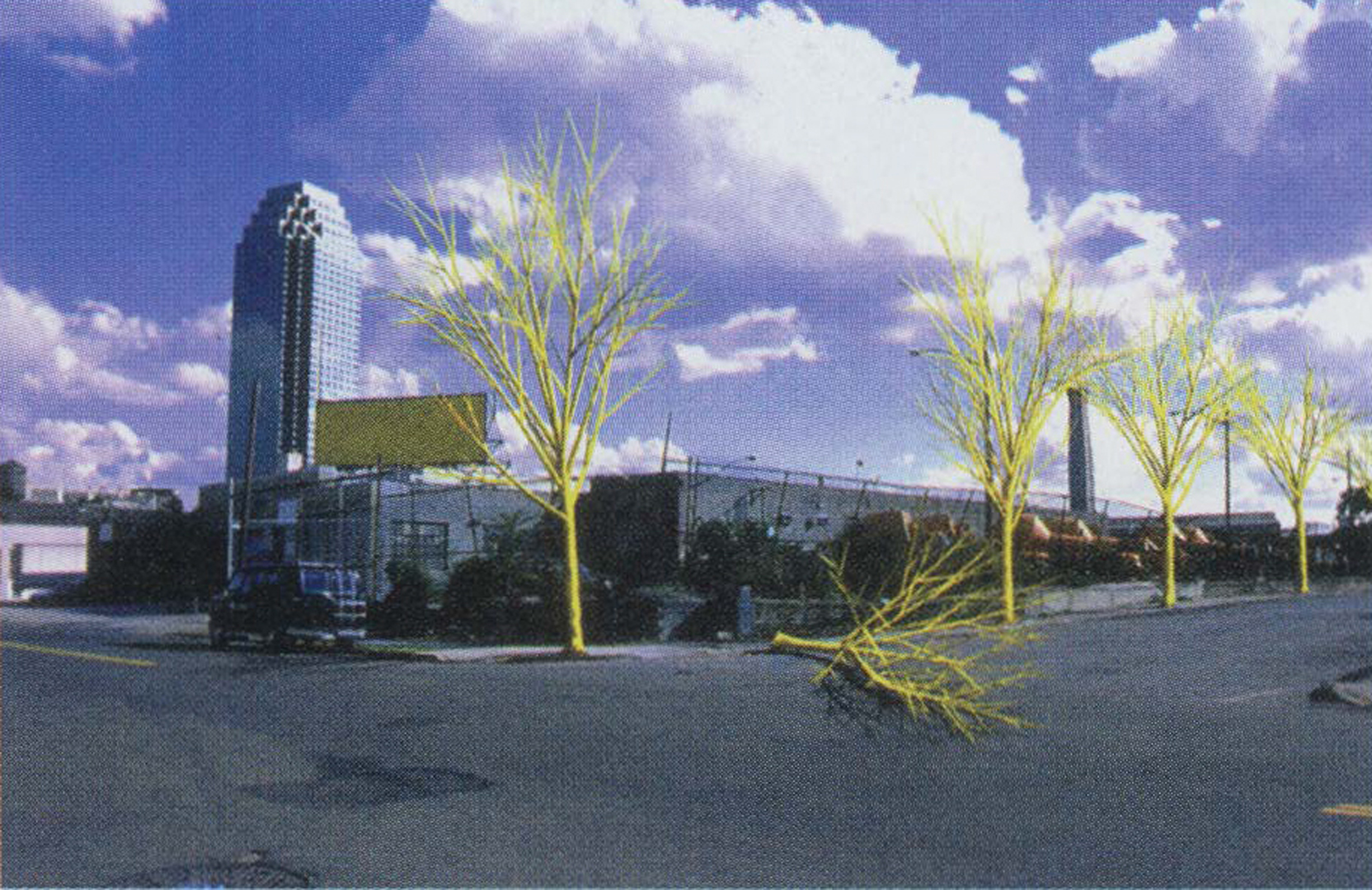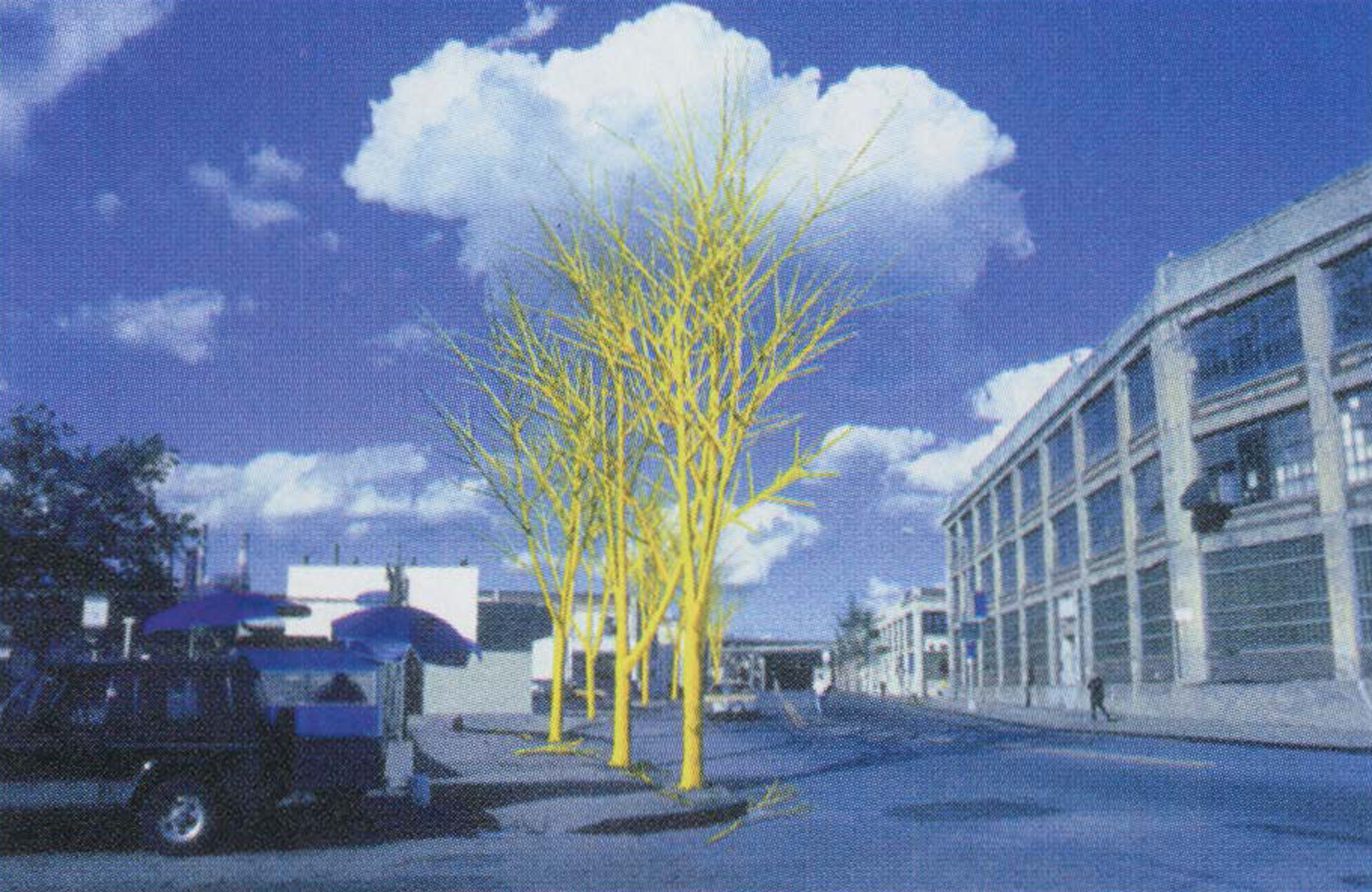Hye Jin Yoo: Overgrown Artificiality
Artist(s):
Title:
- Overgrown Artificiality
Exhibition:
Creation Year:
- 2000
Medium:
- Large format inkjet printer
Size:
- up to 36 inches x 48 inches
Category:
Keywords:
Artist Statement:
The way of approaching natural phenomena in the West is very different from the East in terms of how each group thinks about “things” in the world. I think that the main sense of nature in the East is of “universal events” which are too broad and ambiguous to define only one “thing” in the world, but do allow for the spontaneous awareness and abstractness of time and space. It can be interpreted by the Buddhist idea of transient moments from personal experience when we actually identify ourselves as a part of nature, which gives us a greater respect for nature and reveals ourselves to our own minds. To me, it was the moment when I picked up one yellow leaf and felt that this was no different from my own existence, living in this time and space but also going through the cycles of life; much like floating waves, an idea which is hard to grasp and form into a structure. The “thing” in Western ideology has a more dimensional quality, creating an identical and mechanistic sense of nature. For example, if I would say “one bright day of disaster,” there should be some understood damage or physical destruction that follows. This type of “analyzed physicality” is a significant part of the Western sensibility.
In the “Overgrown Artificiality,” I wanted to build up an ironical virtual assumption of futuristic views, which may speak to the negative side of natural disaster on a bright day in a new age that people might dream about. The yellow trees represent a sickened and altered nature as a metaphor for the human mind in some stage of purification. In the “Overgrown Artificiality,” the Western idea of substance and physical matter which is transitory in time and space has combined with the Eastern sense of value that relies on the “thing as an event,” but still encapsulates the Western physical value and perspective.
Other Information:
Overgrown Artificiality 9 (first image)
Overgrown Artificiality 10 (second image)
Overgrown Artificiality 11 (third image)
Overgrown Artificiality 12 (fourth image)








